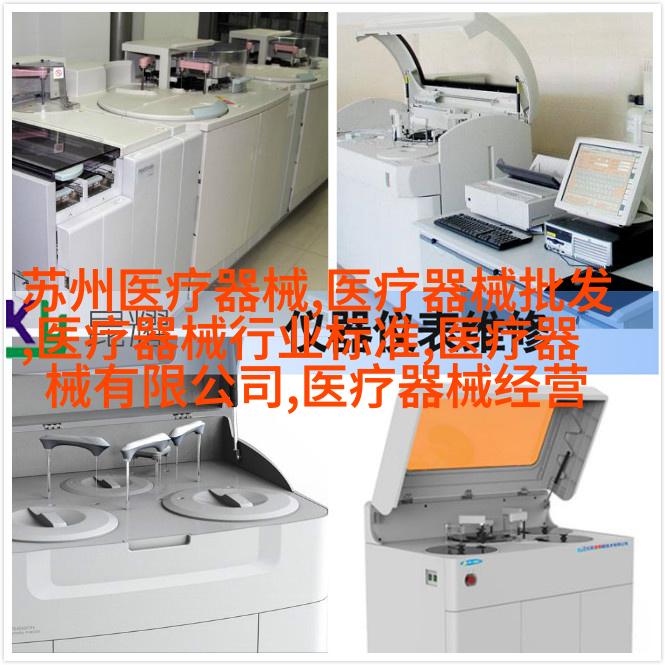在现代医学领域,医疗器械扮演着不可或缺的角色,它们不仅能够帮助医生更准确地诊断疾病,还能提供必要的治疗手段。然而,随着科技的不断进步和市场需求的变化,医疗器械也呈现出多样化和专业化趋势,这就需要我们对这些器械进行分类,以便更好地理解其功能、应用以及管理。

首先,我们需要了解为什么要对医疗器械进行分类。这是因为不同类型的医疗器械有不同的用途和适用范围。例如,一些用于临床诊断,如血压计、体温计等,而一些则主要用于手术操作,如缝合针、镊子等。分类可以帮助医院管理人员更有效地采购、存储和维护这些设备,同时也有助于患者选择合适的治疗方案。
从基础到高端:探索各种类型

基础类别
用于监测生命体征(如心电图、血氧饱和度监测仪)
用于药物剂量控制(如注射泵)

个人护理用品(如消毒液)
临床试验与研究
各种实验室检测工具(如显微镜、高性能液相色谱仪)
生物标志物检测系统

手术室辅助

麻醉设备(麻醉机)
手术光源及照明系统
手术耗材(缝线、钳子)
医疗急救与救援
心肺复苏仪及相关配件
高级技术支持
医疗影像设备(CT扫描机)
超声波检查装置
护理与康复
软组织修复材料(创可贴)
功能性矫形板
个护健康产品
健身房健身装备
家庭生活保健用品(按摩椅)
电子健康记录系统
9. 其他特殊类别:
10. 遗传学分析工具
总结:
medicinal device classification is a complex and multifaceted field that encompasses a wide range of devices, each with its own unique features and applications.
the classification of medical devices allows for better understanding of their functions, uses, and management within healthcare systems.
it also helps to ensure the safety and efficacy of these devices for patients.
as technology continues to evolve, so too will the need for ongoing education and training in medical device classification.
by exploring the various types of medical devices available today, we can gain a deeper appreciation for their importance in modern medicine.
and by staying up-to-date on the latest developments in this field,
we can continue to improve patient care through innovative technologies.
